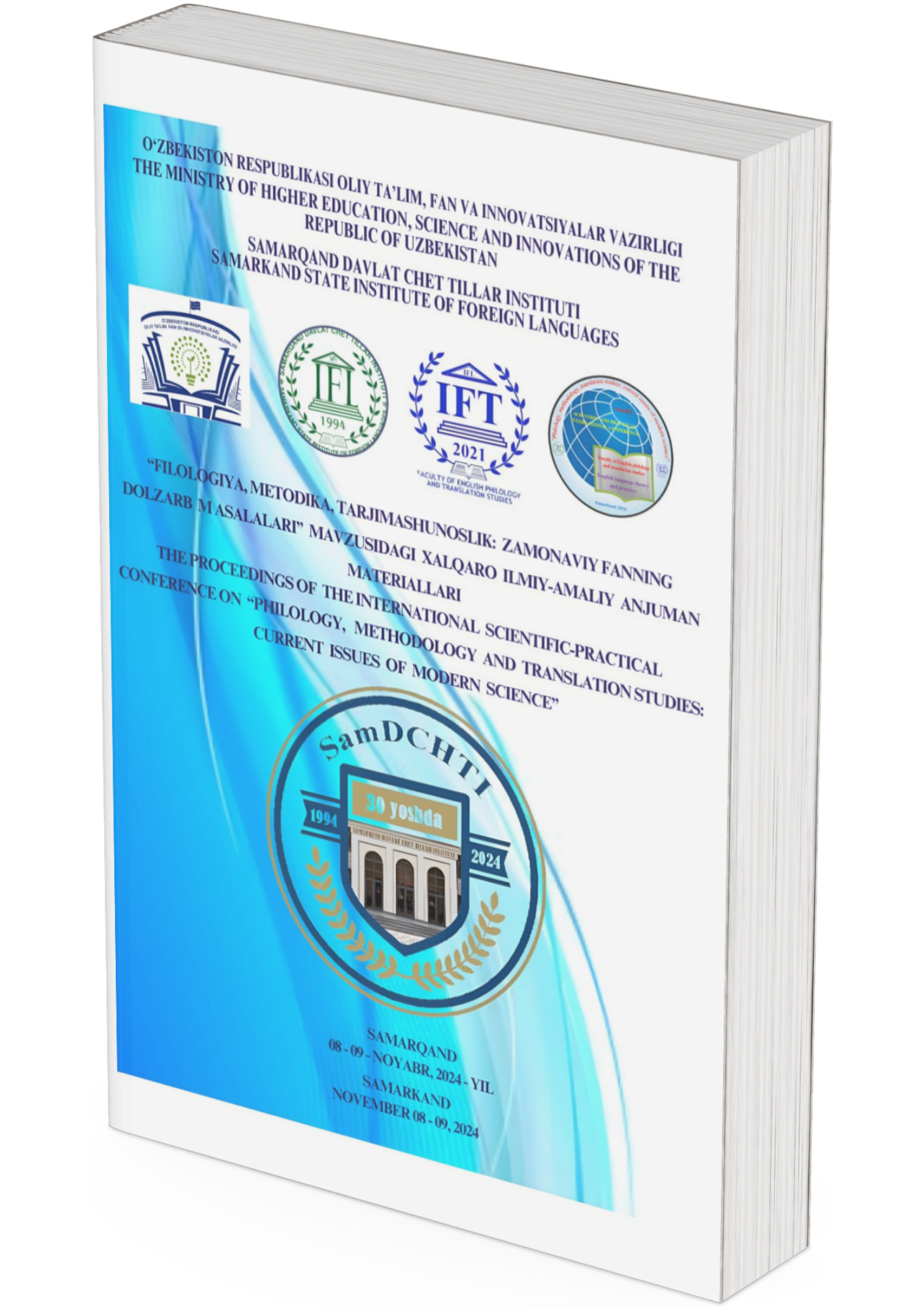The ESP Manual: Principles of Creating, Designing Study Materials with Translation
DOI:
https://doi.org/10.2024/b3d40164Keywords:
manual, creation, cognitive requirements, sequencing of course content, exhibit the project, implementationAbstract
This is a research on teaching English for Specific Purposes to adult learners. Analysis of available ESP course books, manuals goals and outcomes of ESP teaching, the effective structure of ESP manuals, materials selection for course book, activities used to teach ESP teaching, translation etc. are viewed in the article.
References
Boryana T. Ruzhekova-Rogozherova, The ESP Manual: Principles of Designing Study Materials, Bulgaria. https://www.hltmag.co.uk/aug18/esp-manual
Baleghizadeh, S., & Rahimi, A. H. (2011). Evaluation of an ESP textbook for the students of sociology. Journal of Language Teaching and Research, 2(5), 1009-1014. http://dx.doi.org/10.4304/jltr.2.5.1009-1014
Belcher, D. D. (2006). English for specific purposes: Teaching to perceived needs and imagined futures in worlds of works, study, and everyday life. TESOL Quarterly, 40(1), 134-156. http://dx.doi.org/10.2307/40264514
Cunningsworth, A. (1984). Evaluating and selecting EFL teaching materials. London: Heinemann.
Danaye Tous, Haghighi Sara. Evaluation of ESP textbooks: Evidence from ESP textbook of computer engineering major. International Journal of Research Studies in Language Learning 2014 April, Volume 3 Number 2, 55-68
Downloads
Published
Conference Proceedings Volume
Section
License
Copyright (c) 2024 Nasiba Iskanova (Author)

This work is licensed under a Creative Commons Attribution 4.0 International License.









